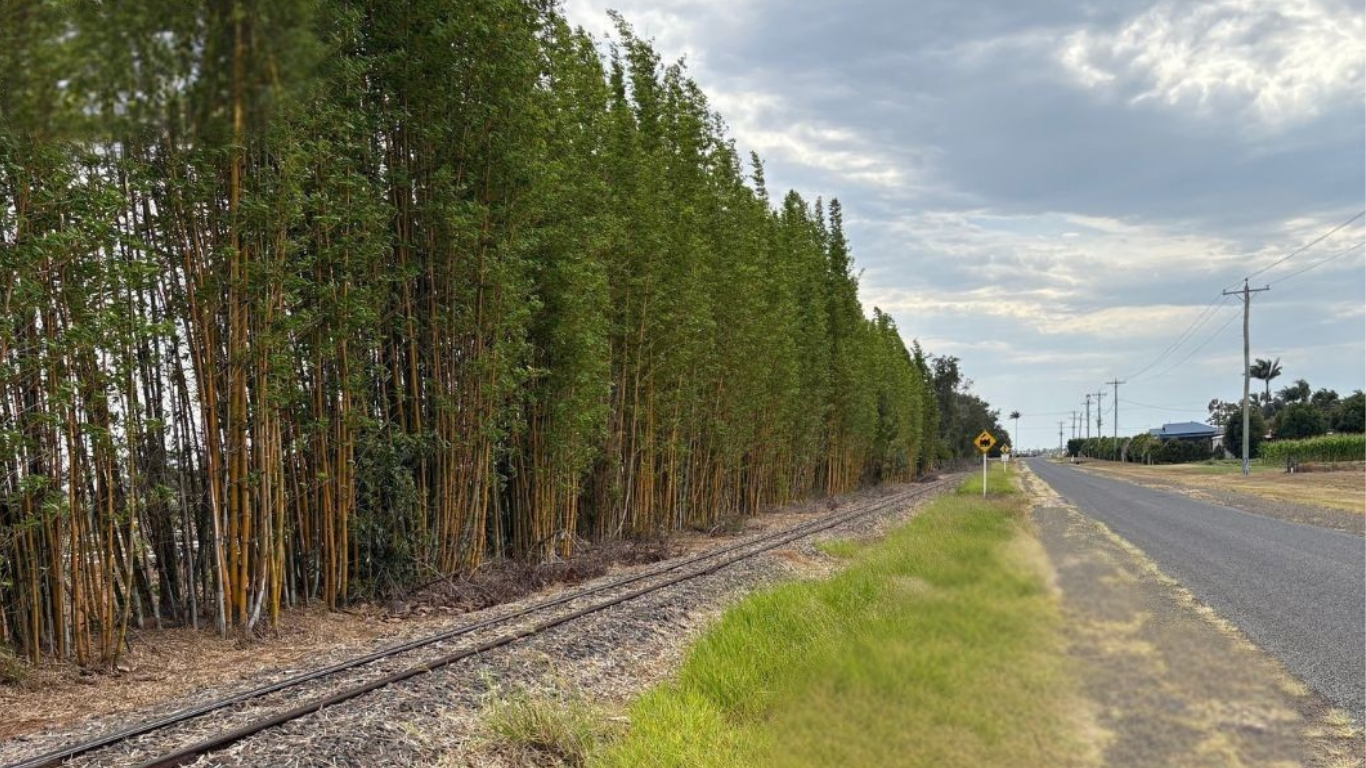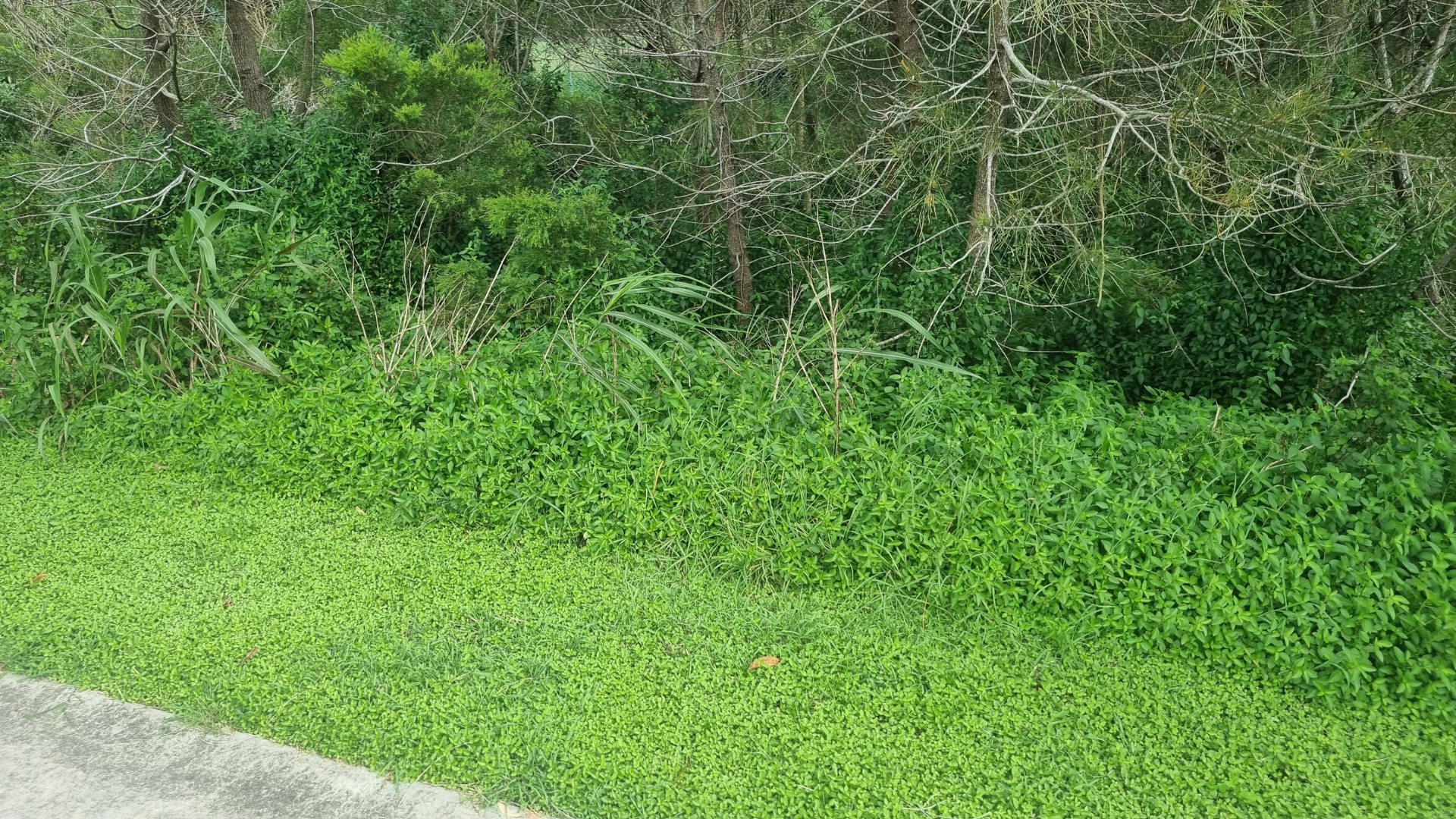
Choosing the Right Herbicide for Australian Conditions

Selecting the best weed control solution is a critical decision for weed management. Making the right choice involves considering various factors to achieve successful weed control. It is also important to minimise the environmental impact of agricultural chemicals. This article will outline the key steps in the product selection process.
Step 1: Define Weed Management Goals
Before selecting a herbicide, define your weed management goals. Ask yourself:
-
What is/are the target weed/s? (e.g. grass weeds, broadleaf weeds, woody weeds, aquatic weeds)
-
Will you be using pre-emergent or post-emergent control options?
-
Are there any weeds that are resistant to a particular chemical within the location?
-
What is the scale of your operation, and what are your budget constraints?
Step 2: Evaluate Weed Species and Growth Stages
Many weeds can be difficult to control and understanding the growth stages or the type of weeds present is crucial.
The active ingredients in some weed killers are selective. This means that they will only target specific weed types. Other active ingredients can offer broad-spectrum control. Consider factors like:
-
Are you targeting annual weeds or perennial weed species?
-
Identify the specific weed varieties if possible. Use an identification support system. GWS Weed ID Page or Brisbane City Council Weed ID.
-
Are you targeting young seedlings or well-established weeds?
-
Are there any resistance issues in your area?
|
A young seedling. |
A well-established weed. |
Step 3: Assess Environmental Factors
The following environmental factors are important:
-
Is the treated area close to bodies of water? If so, select products with minimal runoff potential.
-
What is the soil type and pH in the area? Some herbicides are better suited to certain soil conditions.
-
What are the weather conditions in the area? Application timing is critical for herbicide efficacy and minimising drift.
Step 4: Budget and Cost Analysis
Budget constraints are a practical consideration. Evaluate the costs associated with:
-
Buying the herbicide to control your target weeds.
-
The application equipment and labour required to apply your chosen chemical.
-
Potential off target crop or vegetation damage because of spray drift or runoff.
Step 5: Follow Label Instructions

Always follow the instructions on the product label. These instructions provide information on:
-
Application rates
-
Timing
-
Safety precautions
-
Environmental considerations
Refer to the following article for additional information on how to Understand the information on a Herbicide label.
Step 6: Evaluate Herbicide Modes of Action
Preventing resistance is essential for long-term weed management. Rotate herbicide modes of action to deter resistance. Use the Herbicide Resistance Action Committee (HRAC) and CropLife Australia resources to guide rotation strategies.
Refer to the following article for additional information on Glyphosate Herbicide Resistance.
Step 7: Herbicide Rotation Strategies
To combat herbicide resistance, implement rotation strategies:
-
Rotate between herbicide modes of action with different HRAC group numbers.
-
Mix herbicides with different modes of action when possible.
-
Consider using non-chemical methods in rotation.
Step 8: Monitor and Adapt
Regularly monitor weed populations for changes in species composition or chemical resistance. Adapt your herbicide selection and rotation strategies based on monitoring results and emerging weed challenges.
Herbicide users can make informed decisions about their applications for sustainable and effective weed control by following the above steps.
The key factors to choosing herbicides are:
-
Identifying the types of weeds that are present.
-
Applying products to suit the environment.
-
Selecting herbicides that fit the budget.
-
Understanding how the product works.
-
Implementing mode of action rotation strategies for resistance management.
Additional content
VIEW GWS' ADDITIONAL CONTENT TO LEARN MORE ABOUT THE WEED INDUSTRY

Smarter growth management with Padre 270 for linear infrastructure and managed vegetation zones
As Australia’s linear-infrastructure networks expand, there is increasing need for low-impact, reliable and cost-effective vegetation management strategies. Padre 270 provides a practical, research...
Read more
Leucaena leucocephala: Weed Hygiene Case Study
Australia’s transport corridors are not just conduits for commerce—they are vectors for biological change. Leucaena leucocephala, valued as a forage crop, also threatens to invade new environments ...
Read more
Dyschoriste depressa Weed Hygiene Case Study
Australia’s extensive transport infrastructure traverses not just farmland but wetlands, forests, and urban edges. This diversity is matched by emerging weed threats such as Dyschoriste nagchana, (...
Read more


